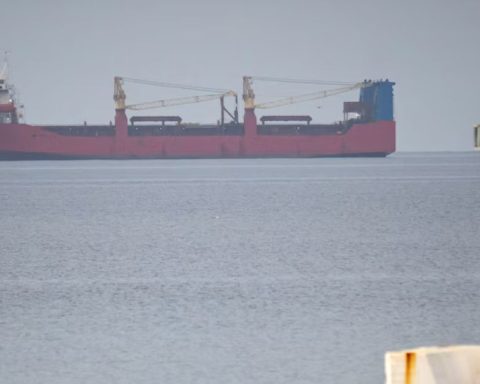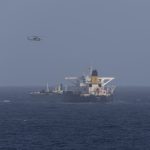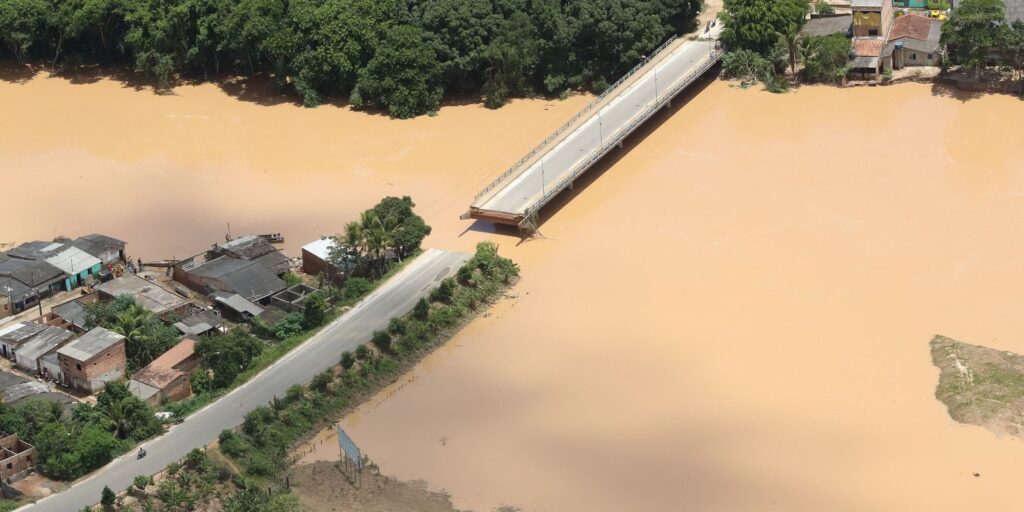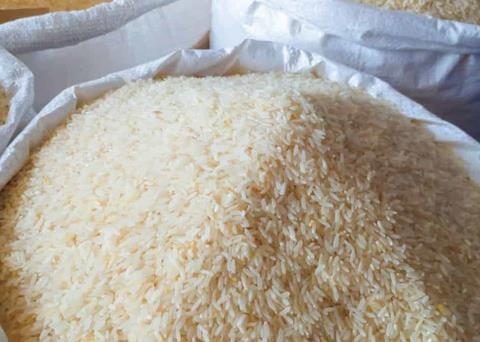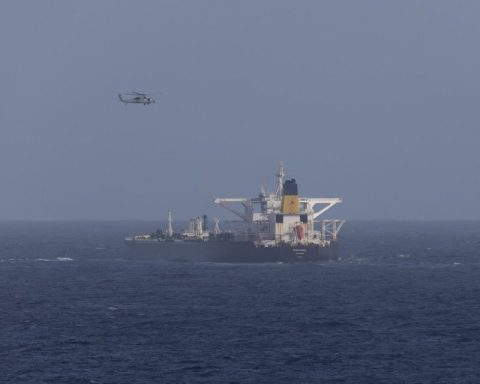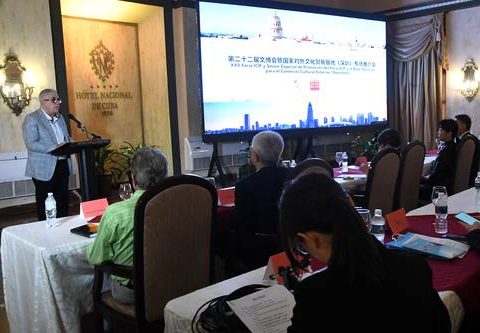Page Seven / Page Seven
The head of the Ammonia and Urea Plant (PAU) earns 5.6 million bolivianos a year, an amount that -according to an expert- is above what the president of the World Bank earns and more than in the industry, according to another analyst.
The salaries received by foreigners in the PAU are contained in the YPFBR-DAL/SAL-9-CE/2021 report, issued by YPFB Refinación to the Anti-Corruption Prosecutor’s Office and published by Los Tiempos.
The data reveals that the plant manager of Indian nationality receives 514,224 bolivianos per month and 5.6 million bolivianos per year; two DCS operators of the Urea Plant receive 4.2 million bolivianos per year each and 64,341 bolivianos per month.
Sector analyst Hugo del Granado observes the salary of the head of the PAU plant as irrational and scandalous.
“The plant manager, an Indian citizen, earns more than 500,000 bolivianos a month and 5.6 million bolivianos a year, that’s more than 800,000 dollars a year. For comparison nothing else, the executive president of the World Bank based in Washington earns about 500 thousand dollars, an authority appointed by the presidency of the United States (USA), a world executive”, observed the expert.
For Del Granado, the question is “how is it possible that the head of the PAU plant, which is not a world-class plant and works to achieve regular production, is earning almost double what the president of the Banco World?”. In his opinion, what happens in the PAU is irrational.
He recalled that during the time of the capitalization of YPFB the maximum salary was 20,000 dollars and it corresponded to the main executive of Transredes.
In the Latin American oil industry, he said that the salaries are equivalent to those of the Transredes executive a few years ago. “There is nothing more than that, that is why I describe this type of salary paid in the PAU as irregular, it is not acceptable,” he added.
Before, in YPFB the maximum salary of the president was 4,000 dollars. These salaries in the PAU affect the finances of YPFB because all the money for salaries comes from the budget of the state oil company, he added.
A note published on the portal www.eleconomista.es in 2017 indicates that at the IMF, salaries were then between $31,290 a year for lower-ranking employees and the $400,730 that a director of the department can earn.
For the World Bank, they ranged from $25,700 for an administrative assistant to $411,600 for a director or executive vice president.
The note referenced then-US Treasury Secretary Steven Mnuchin’s criticism of the IMF and World Bank bureaucracies, suggesting their employees are overpaid.
Former Minister of Hydrocarbons Álvaro Ríos explained that in the industry the manager of a petrochemical plant in Brazil receives between 8,000 and 9,000 dollars a month and in the United States (USA) from 12,000 to 13,000 dollars. “The remuneration in the PAU is excessive and we are also surprised that Bolivian personnel are not in these high positions and they prefer to hire Venezuelan or Indian personnel, when those positions can be filled by Bolivian professionals and with a lower cost for the PAU,” he said. the specialist.
Ríos considers that YPFB should clarify whether these forms are paid or not and that the logical thing would be to make a public call for the hiring of personnel.
Page Seven contacted the YPFB press office for a statement on the subject, but received no response.
The Ammonia and Urea Plant, which required an investment of 953 million dollars, before its stoppage in November 2019, had already suffered at least four stoppages and never operated at full capacity. In September 2021 it started working again.






